4 Ways to Approach Employees About Their SaaS Usage
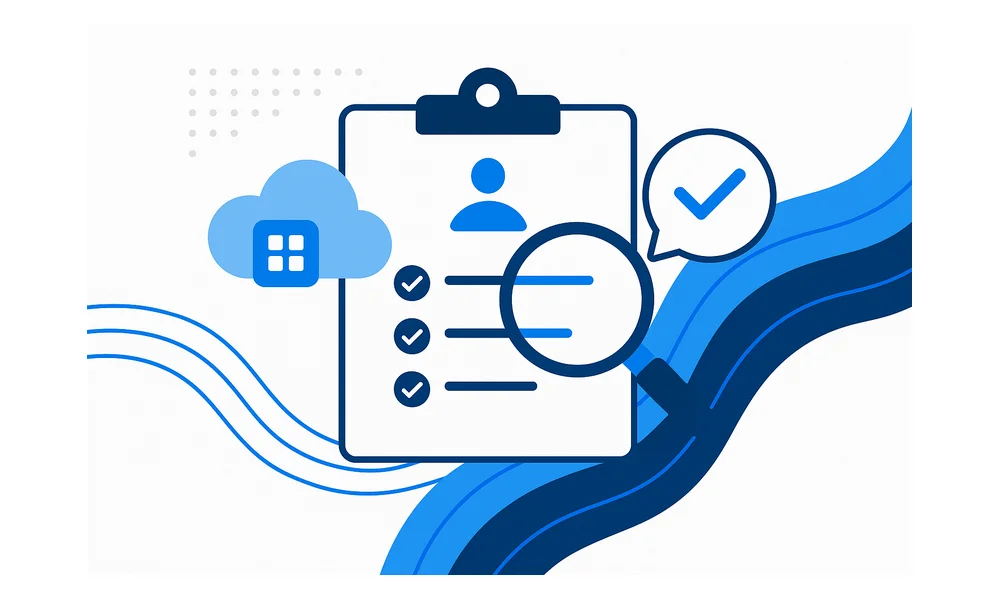
SaaS sprawl is now an everyday reality for growing B2B teams. When no one tracks them, overlapping subscriptions chew through budgets, open security holes, and frustrate employees who see every data request as yet another audit. Add a remote workforce testing a new tool every week, and finance, IT, and HR end up guessing who uses what.
The fix begins with a clear, transparency-first approach that treats usage data as a shared asset. When leaders connect that data to personal growth, budgets, and customer impact, employees move from wary respondents to proactive partners in governance and savings. Compliance no longer feels like a tax. It’s a small mindset shift that hands real ownership to the people who rely on these tools every day.
Smart, value-focused conversations, a few internal advocates, and live feedback loops turn SaaS oversight into an advantage everyone can measure.
Table of Contents
- Start with transparent, educational discussions
- Focus on shared value and measurable outcomes
- Help cross-functional champions for compliance
- Establish continuous feedback loops and dashboards
- Conclusion
- Audit your company's SaaS usage today
Start with transparent, educational discussions
Kick off every SaaS conversation by stating the purpose up front. Employees relax once they see the goal is clarity, not finger-pointing, so state it plainly: “We’re opening the books on software usage so everyone understands where licenses, security, and budgets meet.”
When IT arrives with a simple usage dashboard, color bars instead of spreadsheets, questions land faster than accusations. Show the team which seats are idle, which features sit untouched, and where security risks pop up. HR can frame that data inside broader employee experience policies, reminding everyone that transparent tooling choices support psychological safety and career growth.
Good timing counts for more than most leaders will admit. Schedule the first discussion after a sprint review or product launch, when people are proud of recent work and open to process tweaks. A 30-minute lunch-and-learn, with sandwiches and a few live clicks through the dashboard, beats a formal “audit” calendar invite every time. Atlassian teams, for example, post license snapshots on an open Confluence page; the openness alone sparks fresh ideas on trimming unused add-ons.
Skip the stiff audit jargon during the meeting so conversation feels natural. Instead, replace that heavy language with friendly curiosity cues like:
- “Help us understand how this tool moves your sprint forward.”
- “What feature saves you the most time each week?”
- “Where does the current license slow you down?”
In every session, capturing feedback remains the absolute non-negotiable step. Instead of chasing answers on the spot, document questions and parking-lot items so the follow-up feels collaborative. To maintain transparency for everyone involved, keep a visible checklist:
- Are all questions logged, timestamped, and owner-assigned?
- Did we avoid solving issues in the room?
- Have we shared the dashboard link in the team channel?
- Is the next check-in date already on the calendar?
Close the session by thanking everyone for surfacing blind spots and by confirming that no decisions happen without them. That simple promise, made in public, turns a compliance talk into a shared learning loop and sets the stage for deeper value discussions later.
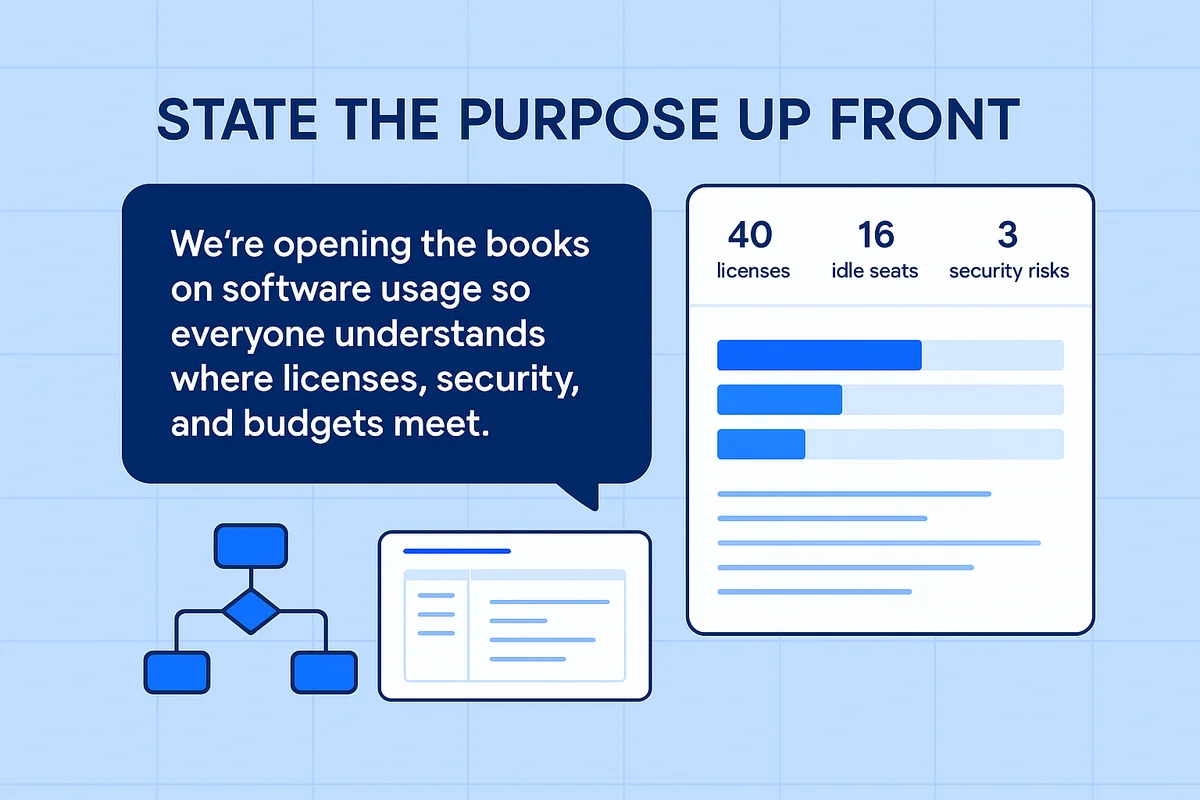
Focus on shared value and measurable outcomes
Numbers land only when employees clearly see their own role in the story they tell firsthand.
IT can turn a boring license-use chart into a quick win by tying each seat to output: “Six idle seats of Figma equal two extra design reviews a week for the mobile squad.” A direct link between wasted spend and lost momentum feels real to a product manager facing a launch deadline. Gartner puts unused SaaS at roughly 25 percent of total spend, so even one reclaimed seat yields hours the team can use instead of dollars they never see.
HR folds professional-development perks into that same storyline so the momentum keeps moving. When an engineer finishes the certified Jira administration course, the cost of that class can be offset by trimming duplicate task trackers. The employee gains a credential, the company drops a redundant invoice, and both parties can point to the exact dollar amount freed for the next learning stipend. That loop reinforces growth rather than compliance.
Teams map these insights on a simple Value Canvas posted beside the sprint board so nothing gets buried. Ask users to place each app in one of three boxes:
- Drives revenue or customer happiness
- Saves time or reduces rework
- No clear value in the last 90 days
Project decisions follow the sticky notes, not the loudest voice. If a designer proves that Loom walk-throughs cut customer onboarding time by 15 percent, the green light is clear. If an old CRM sits empty, sunset it; nobody feels policed when the evidence sits in plain sight.
Managers hold onto momentum by giving public shoutouts that everyone can see. A quick “License hero of the week” post in Slack, a $25 lunch gift card, or a cameo in the monthly town hall nudges peers without sliding into surveillance. Recognition matters more than rulebooks; Adobe found a 31 percent uptick in self-reported compliance after switching from audit emails to kudos badges on internal profiles.
Framing the conversation around evidence, not blame, swaps suspicion for shared wins. The budget breathes, employees grow, and SaaS portfolios stay lean by choice, not edict, over time.
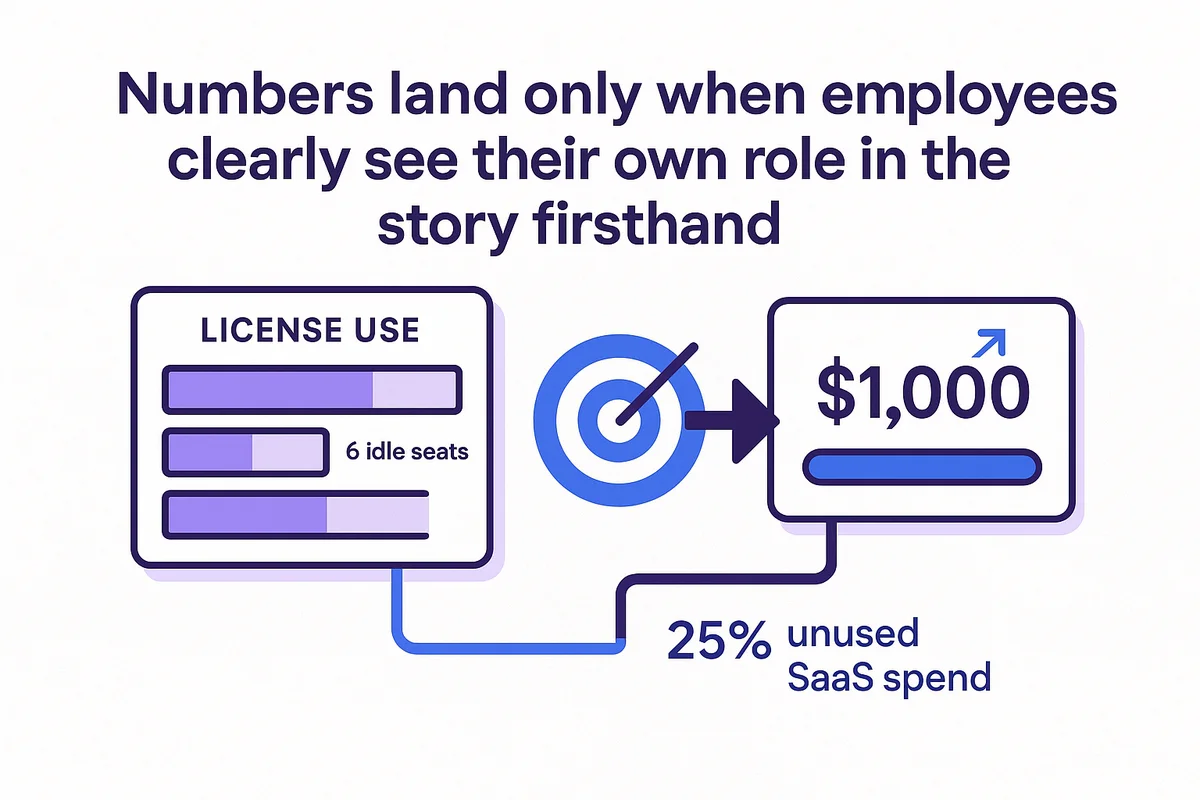
Help cross-functional champions for compliance
Employee champions across diverse teams change SaaS rules from abstract policy into practical, peer-delivered habits.
Choosing those champions should feel like building an all-star relay team, not an honor-roll parade. Look for people who already influence tool selection in day-to-day work, speak two “languages” (their craft and basic procurement), and show patience when colleagues get stuck. Gartner estimates that 30 percent of SaaS spend is wasted on shelfware, yet the same study notes that peer coaching cuts that loss in half because advice lands better from someone who shares your deadlines.
Champions thrive when their mission is clear, focused, and lightweight. After IT sets guardrails (think auto-populated approval forms in Slack), the program can run on three simple plays:
- Host office hours every other Wednesday so anyone can swap seats and share screens.
- Collect recurring pain points in a shared Trello list that IT reviews before renewals.
- Flag duplicate or orphaned licenses in a #saas-care channel and suggest fixes within 48 hours.
Public recognition keeps the energy high long after the initial launch of the champion program. HR can pin a Champion badge to internal profiles, add one extra learning credit to their development budget, or let them guest-post a tips thread on the company intranet. None of this costs much, yet it signals that good stewardship counts as real work. To calm nerves when an unsanctioned app pops up, route the conversation through a brief, written playbook that asks two questions (does the tool replicate an approved feature, and does data leave our ecosystem) before any escalation.
Real stories close the loop and keep the program grounded in reality. A finance champion at Atlassian shared how trimming five idle DocuSign seats funded two new Tableau licenses for the analytics team, and that tale now opens every quarterly SaaS council. Since the shift, duplicate spend on their top ten apps dropped 18 percent, while support tickets for “why don’t I have access” slipped below five per month. When colleagues see numbers attached to names they know, compliance stops feeling like surveillance and starts sounding like teamwork.
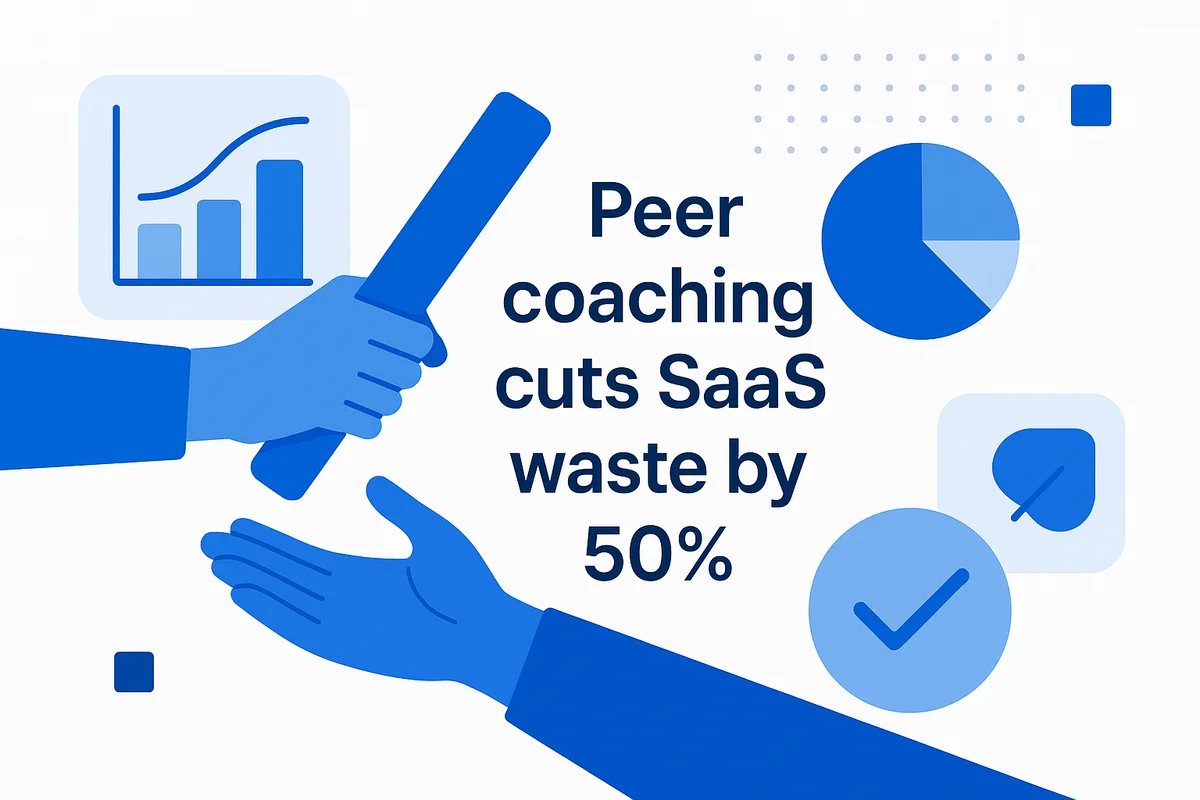
Establish continuous feedback loops and dashboards
SaaS governance sticks when feedback runs continuously, flowing through tools people already use every day. A simple monthly “pulse” survey delivered in Slack captures sentiment while memories are fresh, and the results flow automatically into a shared Power BI workspace. Because the dashboard is public by default, employees see how their input shapes decisions, which lowers the instinct to hoard licenses “just in case.” IT backs this up with quick alerts that post in the same channel whenever usage crosses a cost threshold.
Quarterly SaaS councils step in and turn the raw data into action. Representatives from finance, security, and each product team meet for 45 minutes, review a single slide that charts renewal dates and adoption trends, then draft next steps on the spot. One engineering lead might volunteer to pilot an alternative tool; marketing may request deeper onboarding resources. Keeping the meeting short but visible signals that feedback matters more than polished presentations, and it prevents the conversation from drifting into blame.
Color-coded thresholds keep everyone honest without turning dashboards into scoreboards. When a metric flips from green to yellow, the owner gets five business days to investigate before escalation. Red means the council organizes a 30-day transition plan employees co-design, so nobody loses critical workflows overnight. The plan usually covers:
- Data export and archival steps
- Integration tests in a staging environment
- Communication templates for customers or partners
- A clear rollback point if the replacement misfires
Capturing lessons learned in a searchable Confluence space closes the loop. Each retired tool earns a short postmortem that tags the original requester, the champion who led the switch, and the cost difference measured six months later. Over time, these bite-size stories form an internal playbook that speeds future vendor evaluations. Gartner pegs average license waste at 25 percent; teams that follow this rhythm often cut that figure in half within a year, all without another mandate from above.
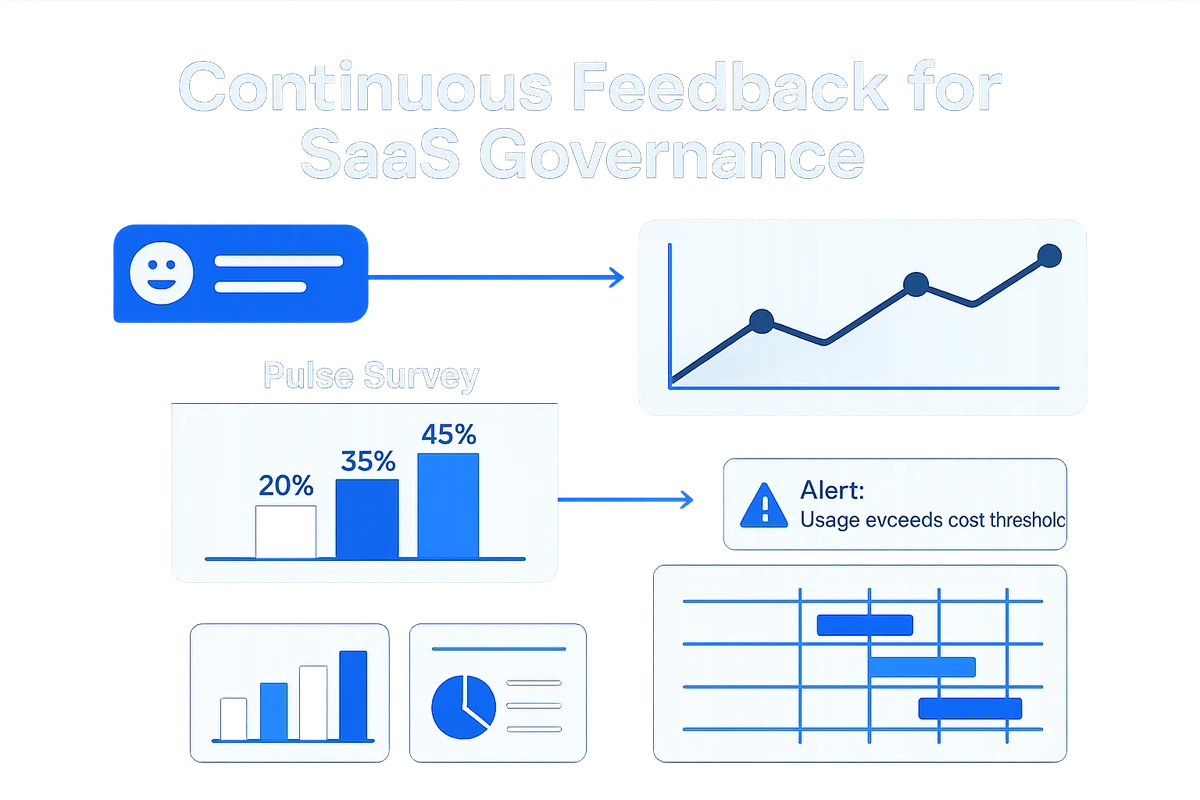
Conclusion
Employees stay engaged with SaaS decisions when the process remains transparent and the benefits are specific. Rather than relying on dry audit briefings, teams host short kickoff chats and lunch-and-learns that translate license counts, budgets, and security ties to everyday tasks and long-term career growth. Afterward, selected peer champions share concrete examples and concise dashboards, while quick surveys and renewal reminders reinforce the habit, reducing waste without dampening curiosity.
Open metrics and plain language keep every discussion anchored in shared value. When workers watch teammates act on the data and receive regular feedback, SaaS compliance folds into daily workflows, trims costs, and strengthens trust.
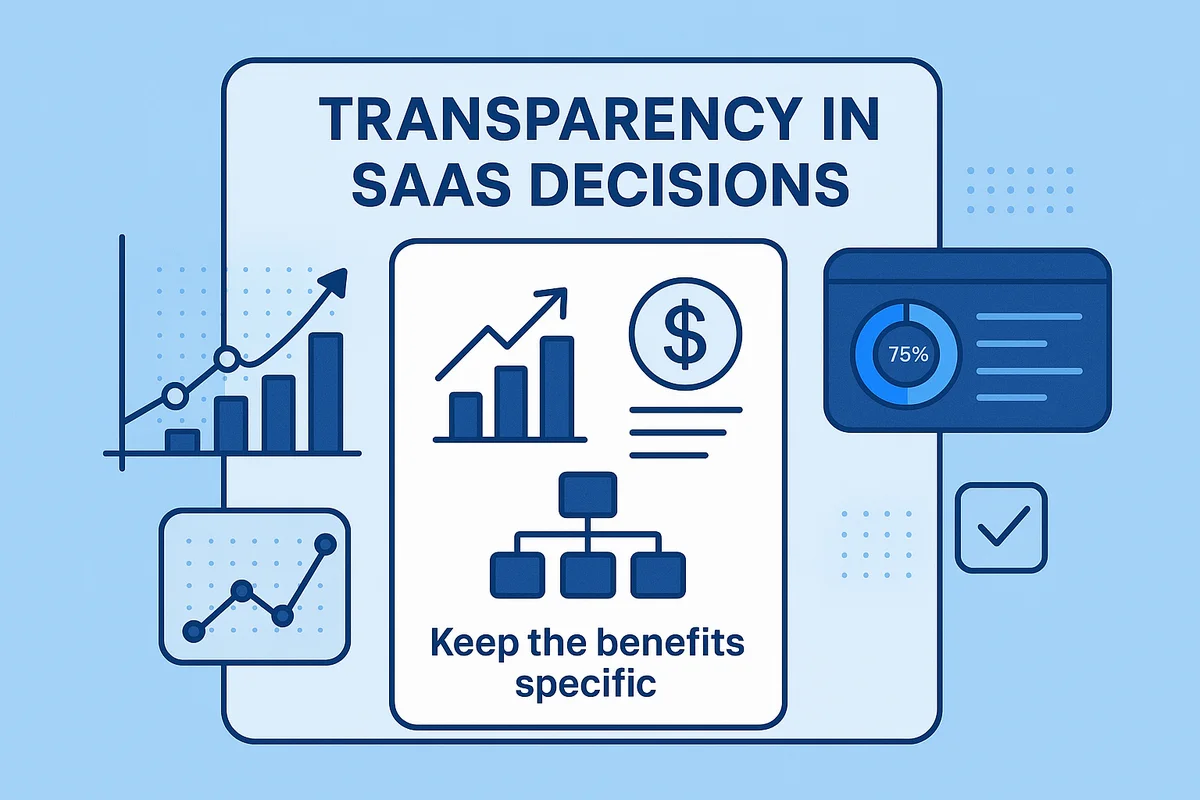
Audit your company’s SaaS usage today
If you’re interested in learning more about SaaS Management, let us know. Torii’s SaaS Management Platform can help you:
- Find hidden apps: Use AI to scan your entire company for unauthorized apps. Happens in real-time and is constantly running in the background.
- Cut costs: Save money by removing unused licenses and duplicate tools.
- Implement IT automation: Automate your IT tasks to save time and reduce errors - like offboarding and onboarding automation.
- Get contract renewal alerts: Ensure you don’t miss important contract renewals.
Torii is the industry’s first all-in-one SaaS Management Platform, providing a single source of truth across Finance, IT, and Security.
Learn more by visiting Torii.
Frequently Asked Questions
SaaS sprawl refers to the uncontrolled proliferation of software subscriptions within an organization, often leading to budget waste, security vulnerabilities, and employee frustration.
Companies can manage SaaS sprawl by implementing transparent discussions about software usage, involving employees in governance, and creating feedback loops to monitor and optimize tool utilization.
Employees play a crucial role in SaaS management by actively participating in discussions about software usage, providing feedback, and helping identify unused tools that can be eliminated.
Transparency in SaaS discussions helps build trust among employees, reduces anxiety around compliance, and encourages proactive engagement in optimizing software usage for better outcomes.
The Value Canvas is a tool used to categorize software applications based on their impact on revenue, time savings, and recent value, helping teams prioritize their SaaS offerings.
Companies can reduce wasted SaaS spending by identifying unused licenses, engaging employees in feedback, and streamlining tools that do not provide clear value.
A SaaS champion is an employee who promotes effective software usage, provides guidance on tool selection, and encourages their peers to adopt best practices for SaaS compliance.

